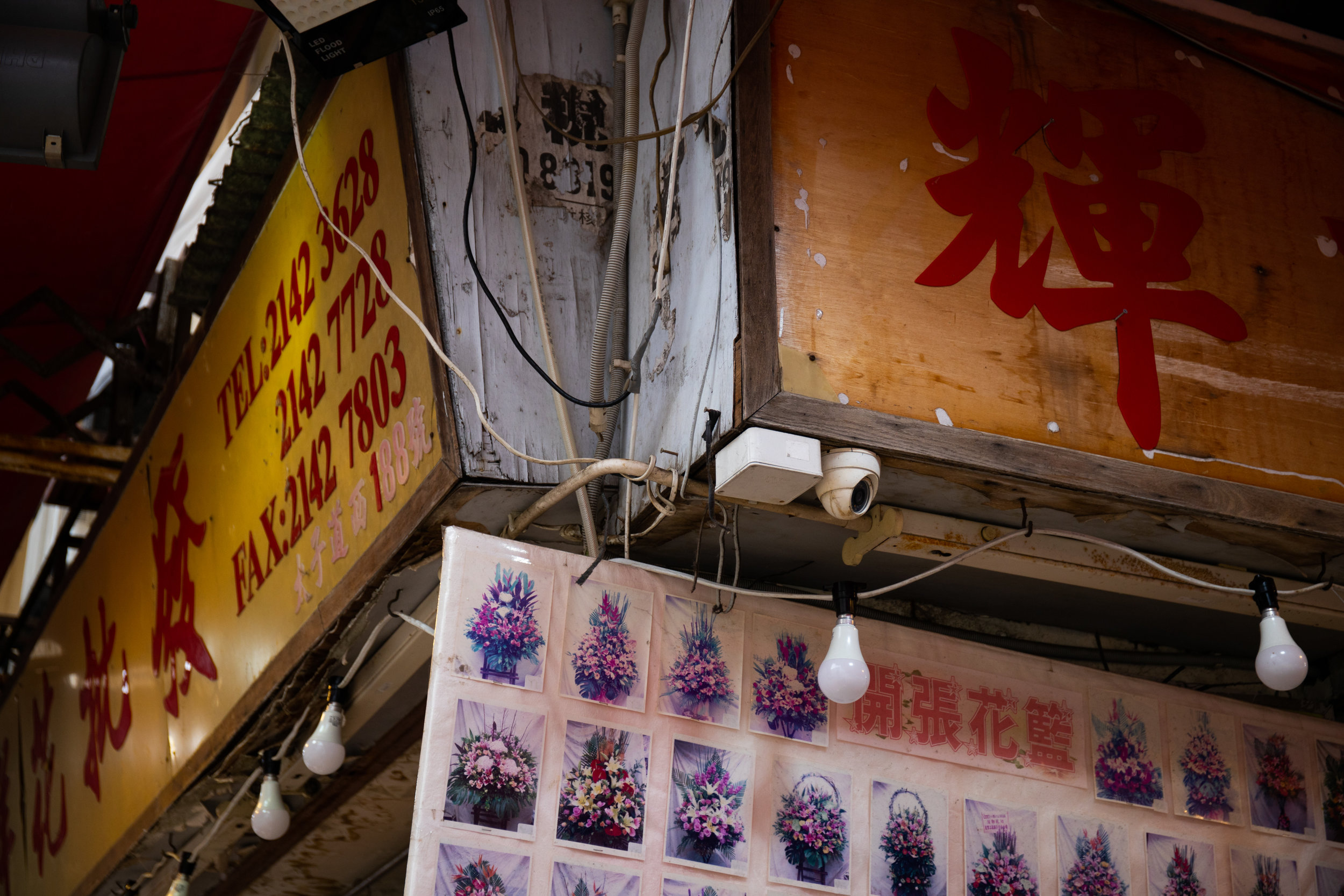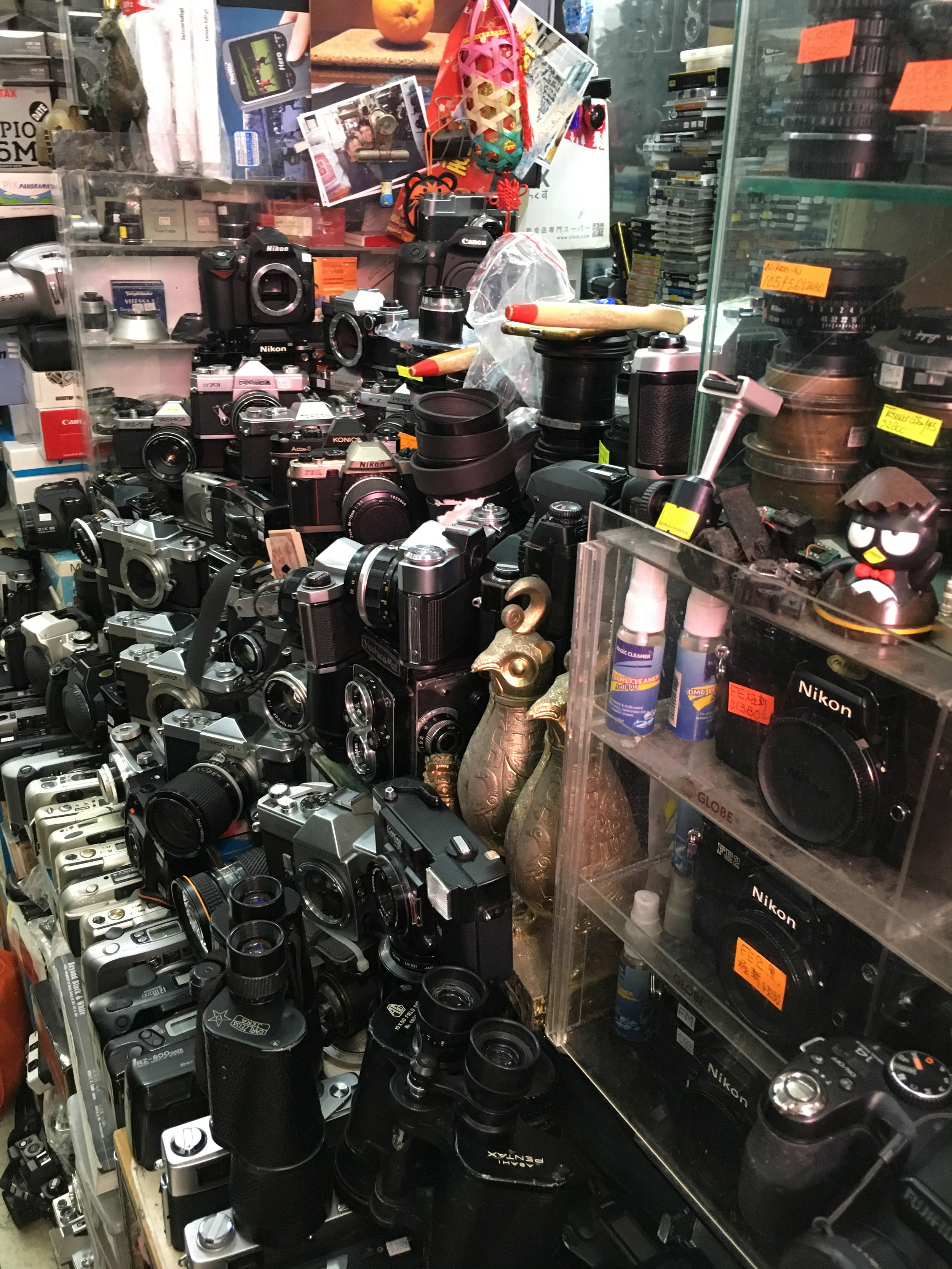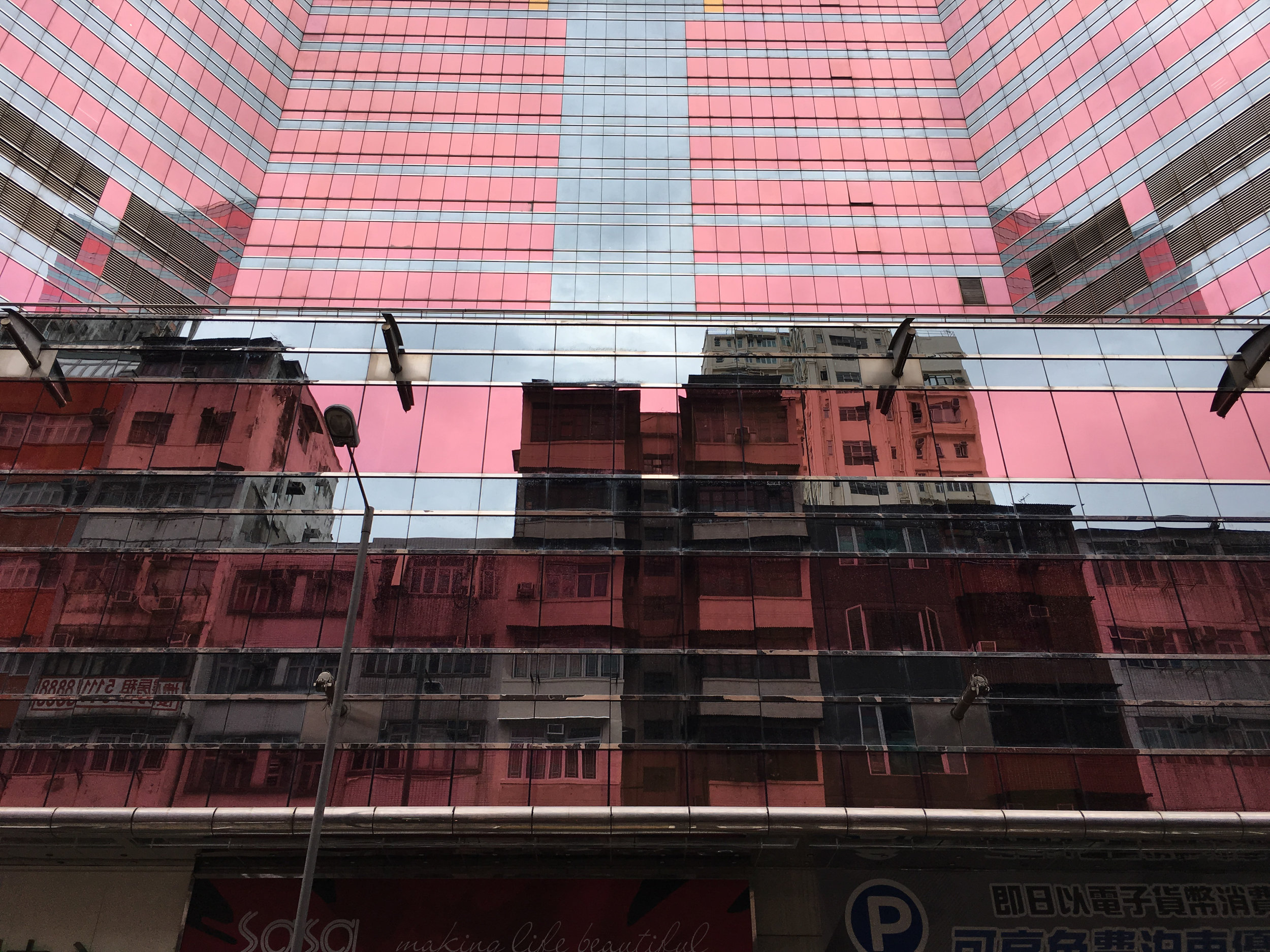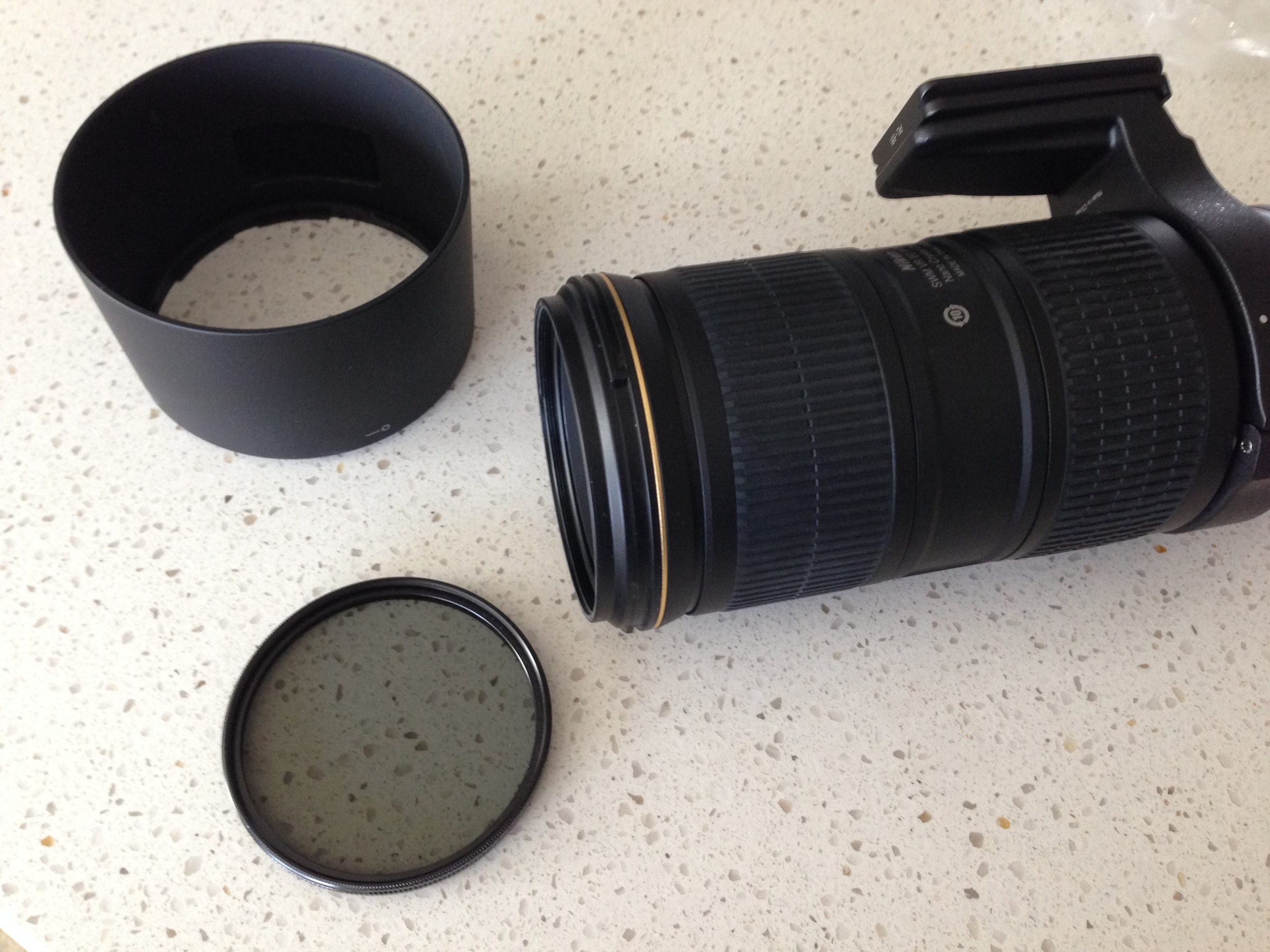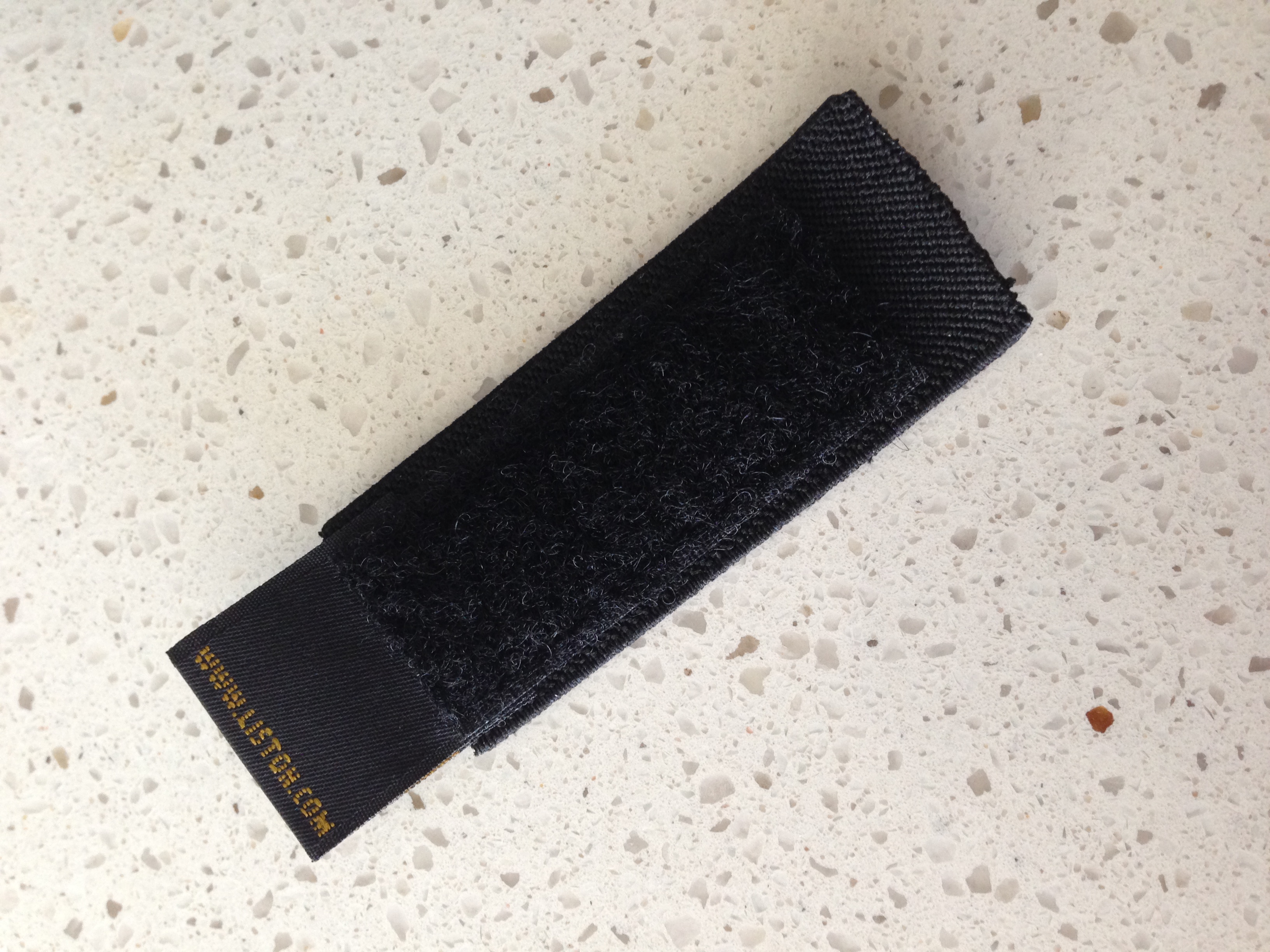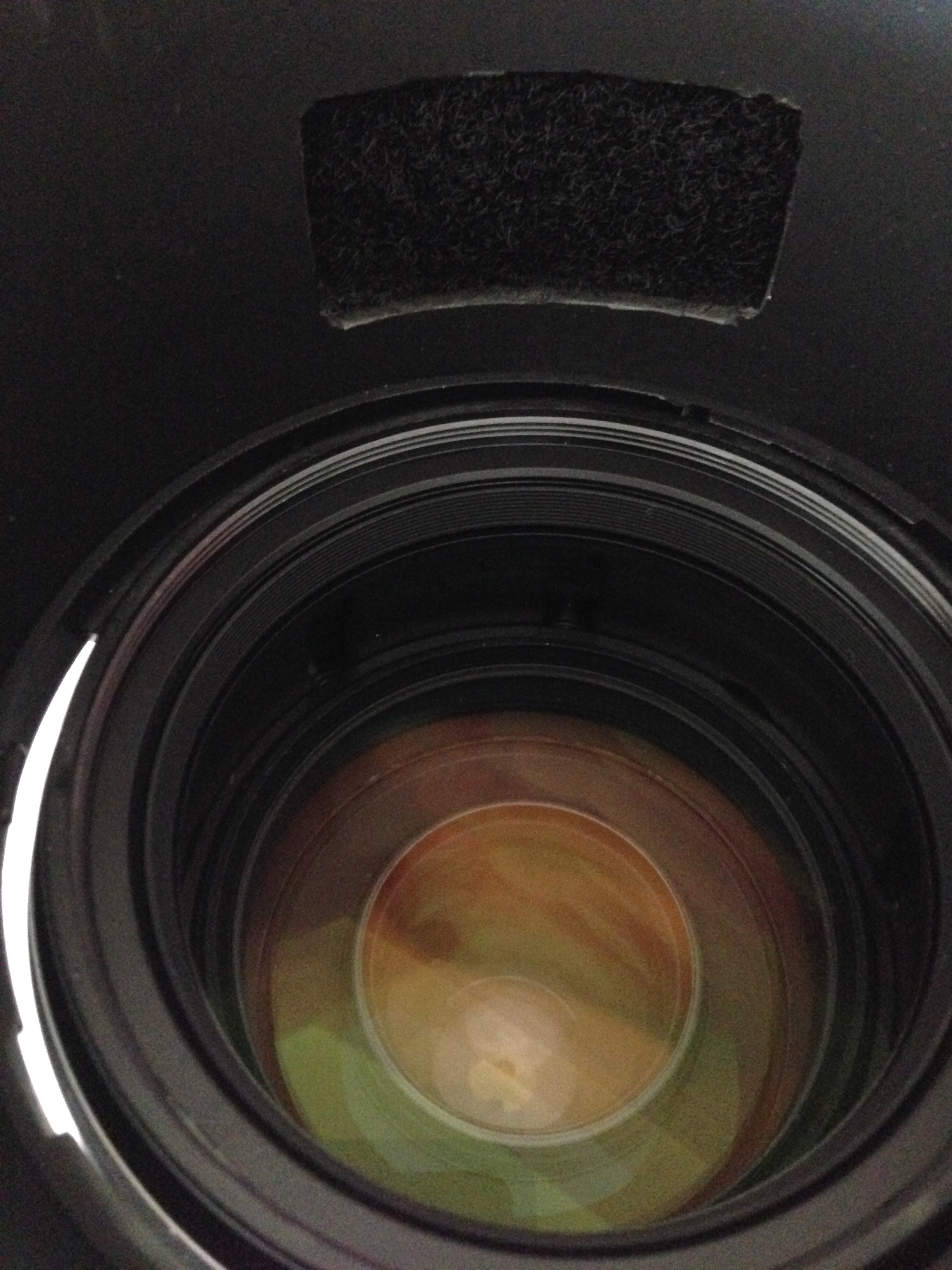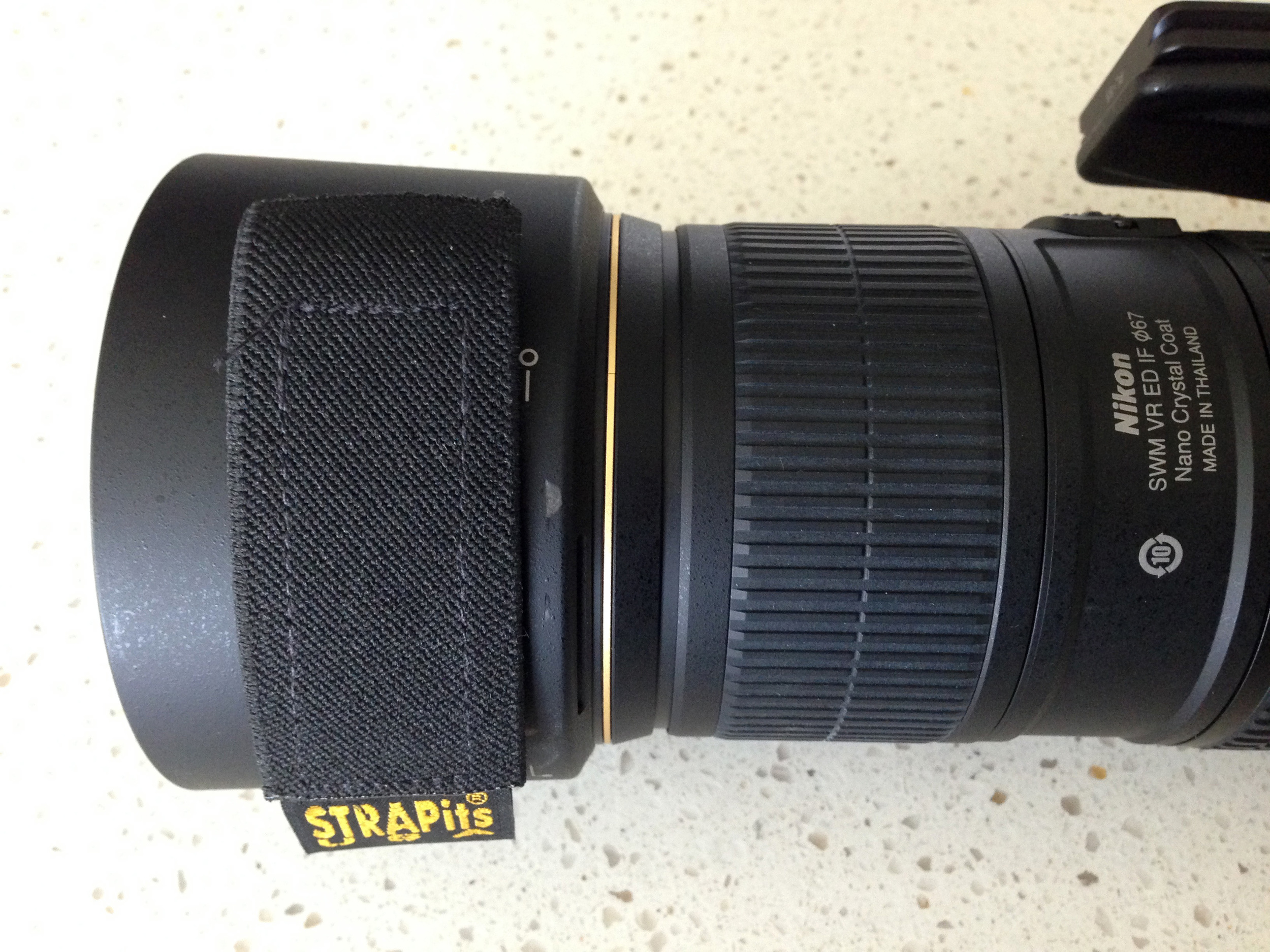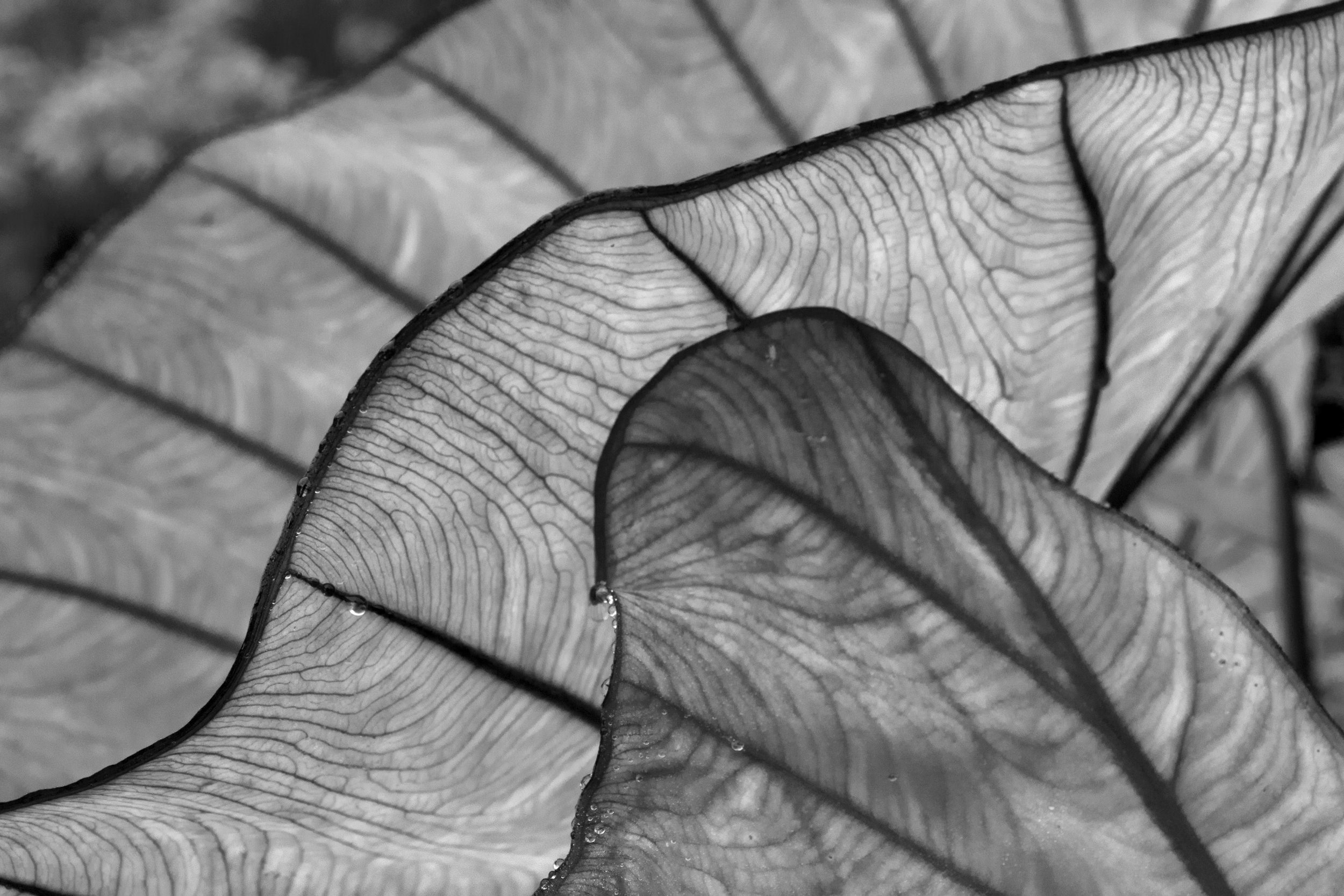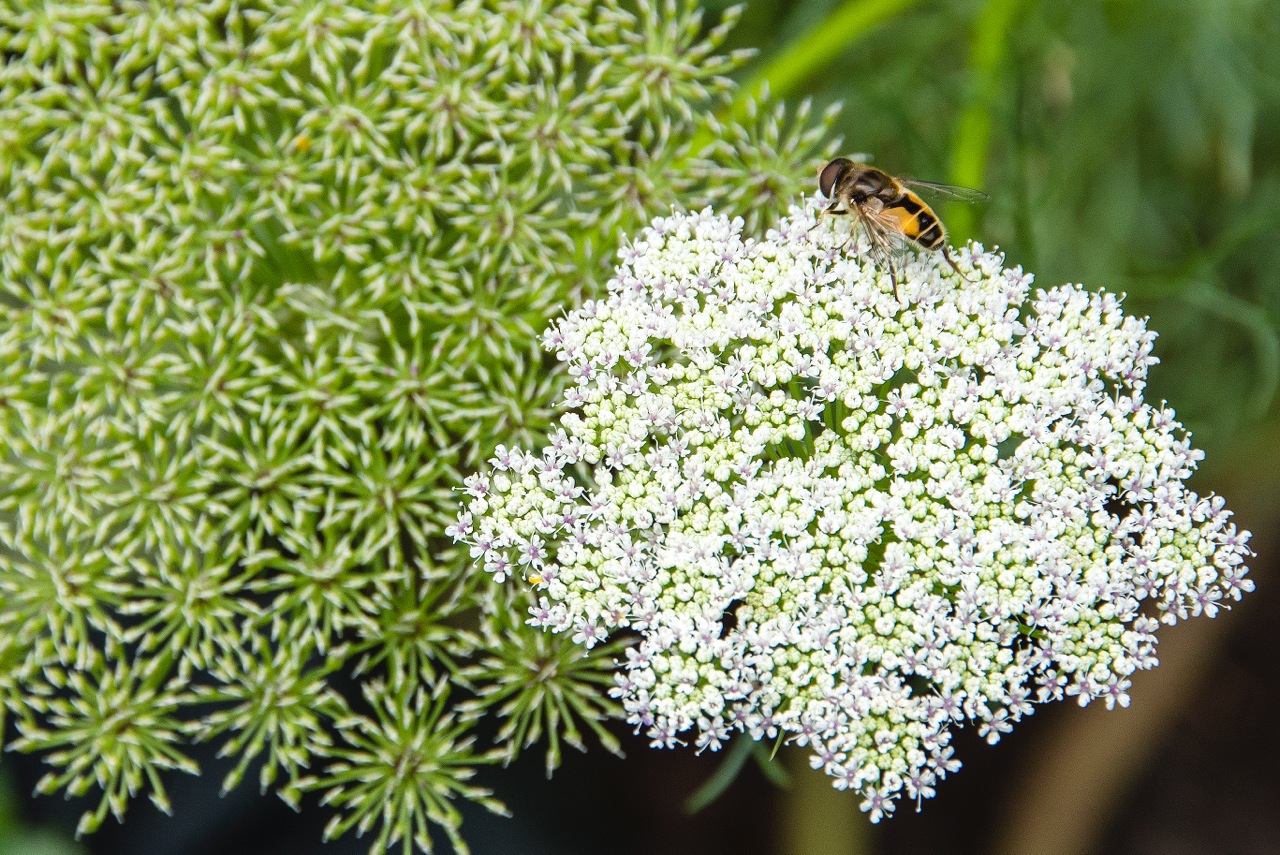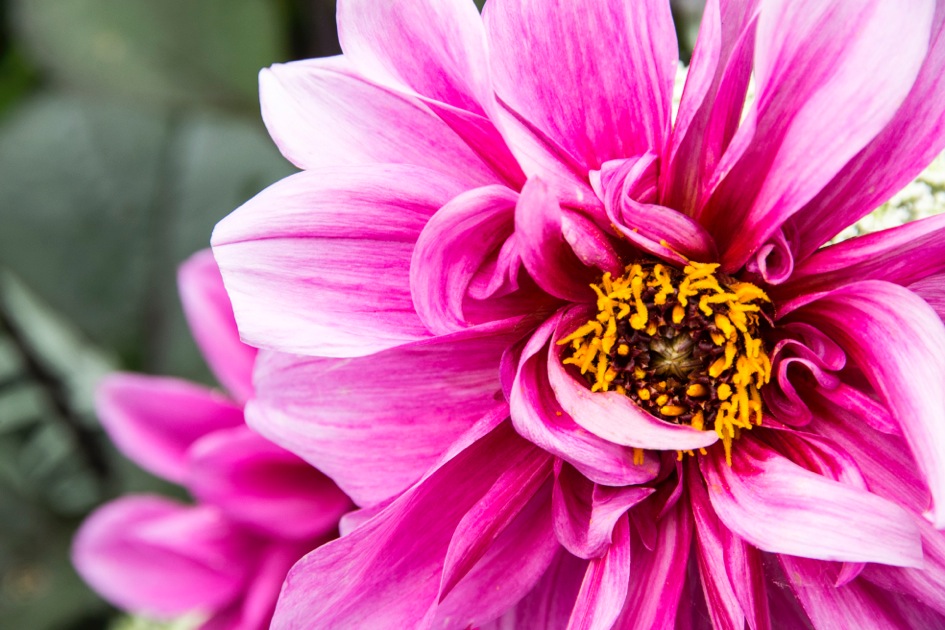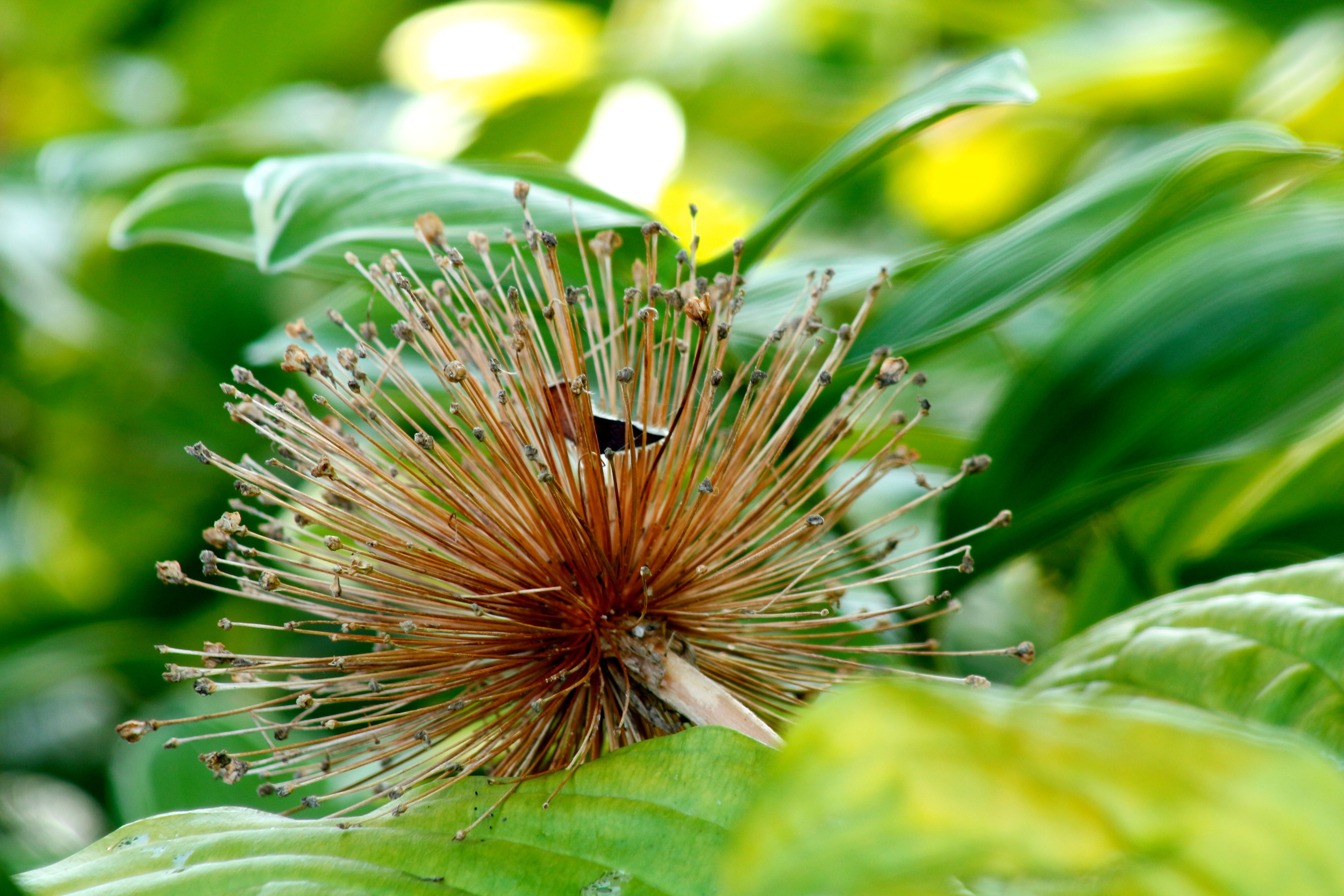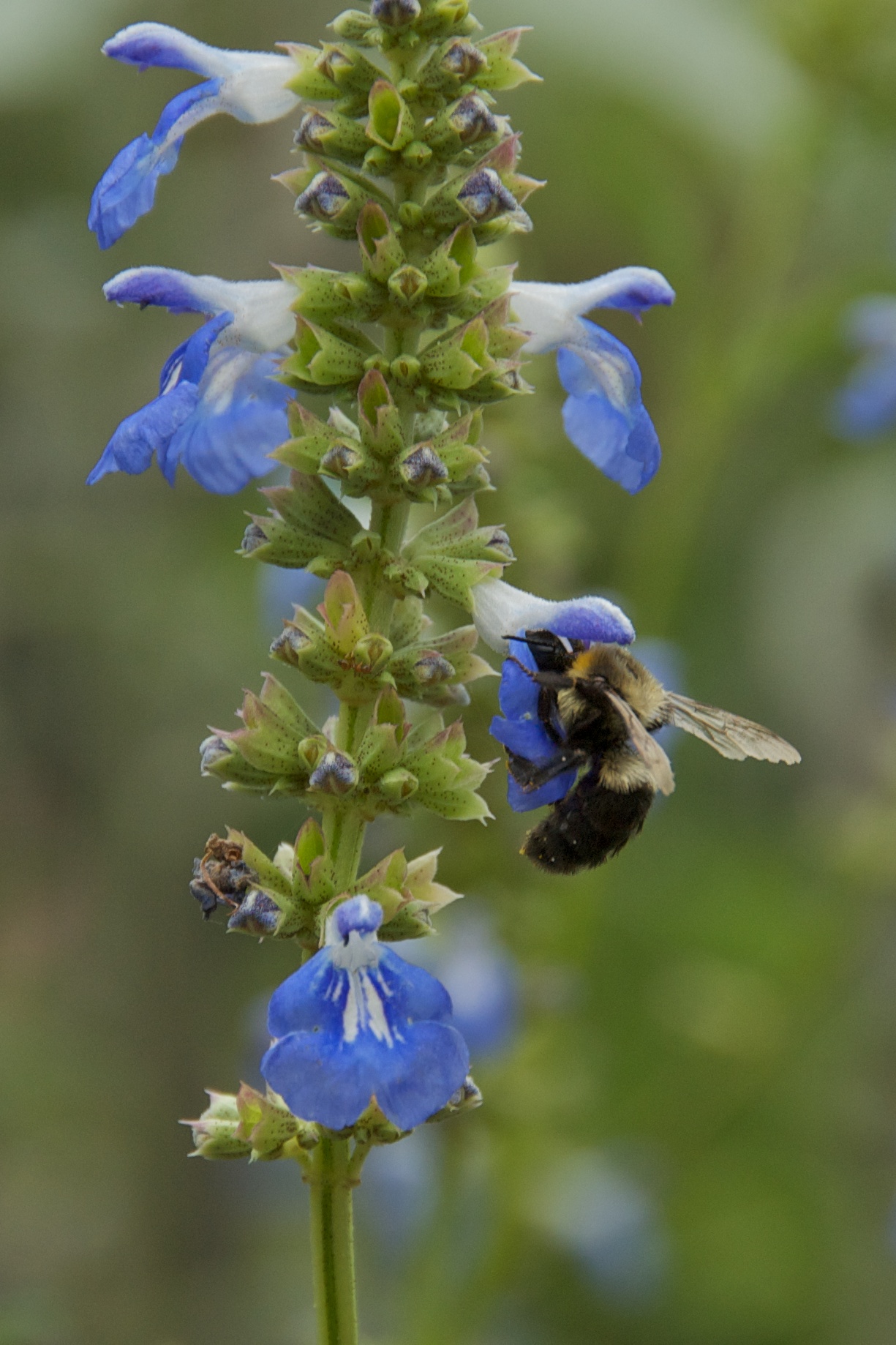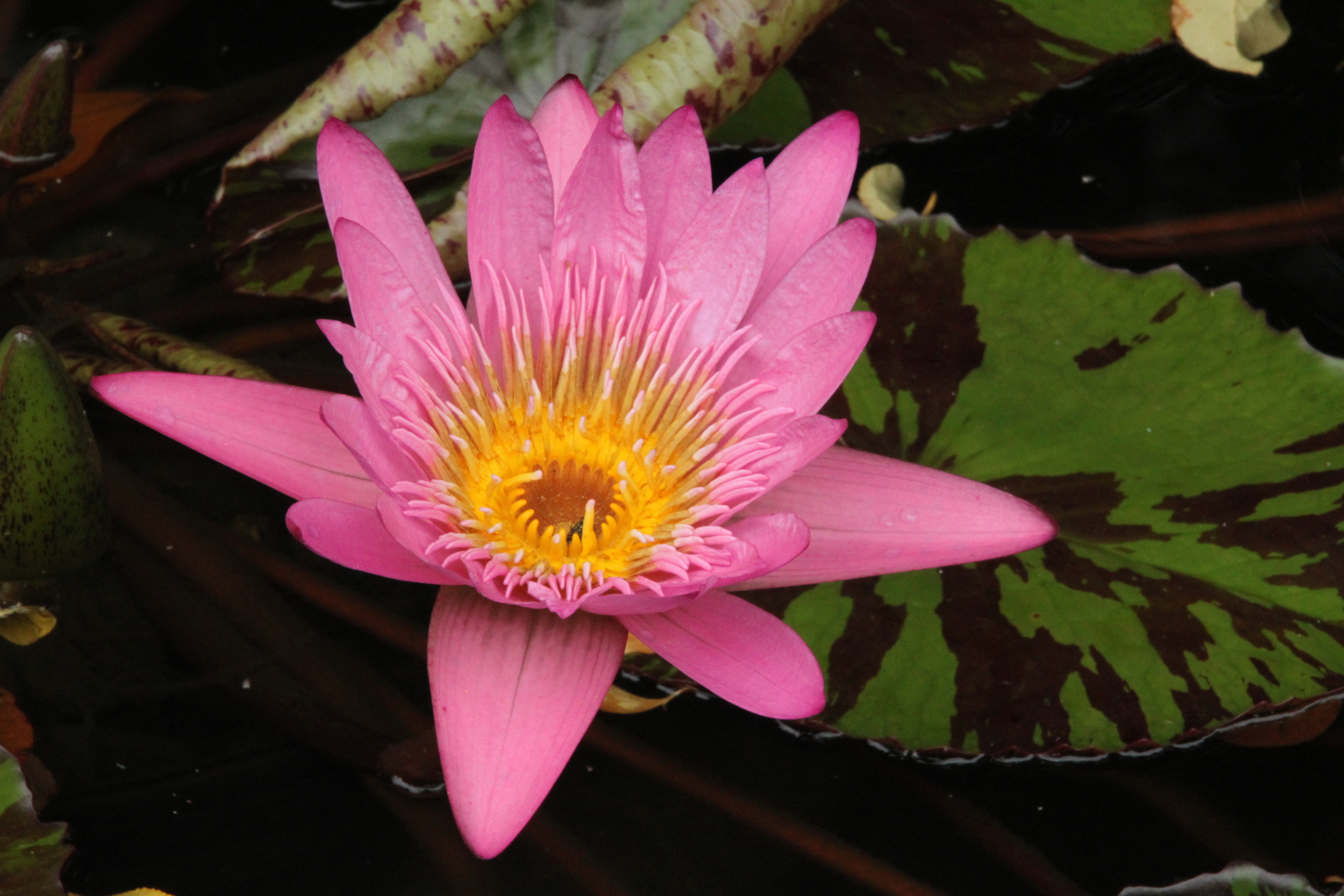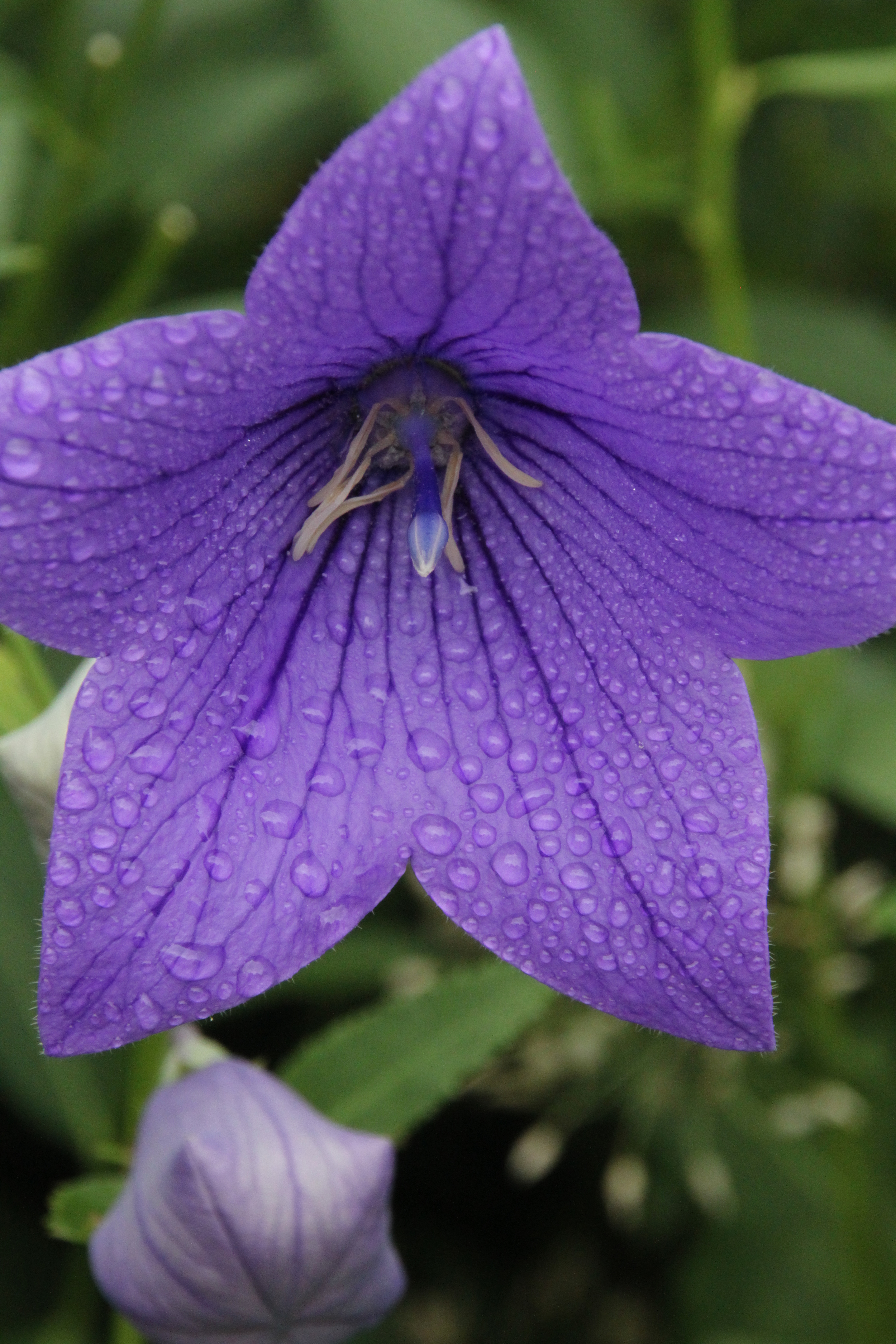I was very fortunate to travel with students, my good friend and fellow professor, Ho Hon Leung to his hometown of Hong Kong. We helped students understand more about cities and architecture and the Living Cultural Heritage of Hong Kong, using photography, critical thinking and writing. We looked at things that are changing and things that are tenaciously holding on despite the homogenization of society. These are just a small collection of “sketches” that will ultimately be pursued as final stories with images.
Hong Kong, June 2019
Mr. Lau, long time Bird Keeper at the Bird Market, Hong Kong. This is another example of Living Heritage. The art of Bird Keeping is fast disappearing among the younger population. There may be as few as a thousand bird keepers in all of Hong Kong.
Home of Madame Leung. Hong Kong, June 2019
Madame Leung in her kitchen, Hong Kong, June 2019
The Chef of Ngan Lung Restaurant. These Diners are steadfastly holding on despite a growing homogenization of Hong Kong culture. Through traditional comfort food and milk tea they are an example of the Living Heritage of Hong Kong.
Dragon Boat Festival, Hong Kong, June 2019
Kai Yin Cheung, physics teacher at the Man Kiu College, Hong Kong.
Mido Cafe, Hong Kong, June 2019
Milk Tea and Coffee mix at the Mido Cafe, Hong Kong, June 2019
French Toast, local style. Mido Cafe, Hong Kong, June 2019
Mido Cafe, Hong Kong, June 2019
Owner of the Mido Cafe, Hong Kong, June 2019
Dot.Well Photo Workshop, Hong Kong, June 2019
Dot.Well Photo Workshop, Hong Kong, June 2019
Wai Kam Law, the Principle of the Man Kiu College in Hong Kong.
This is a Photograph of the largest urban Farm in Hong Kong. It is on top of the high rise multi-use complex, Hysan Place, a Hong Kong Landmark.
Barber No. 5 at the Shang Hai, Ambassador Beauty Shop, Hong Kong.
Bird Keeper, Hong Kong Bird Market, June 2019



